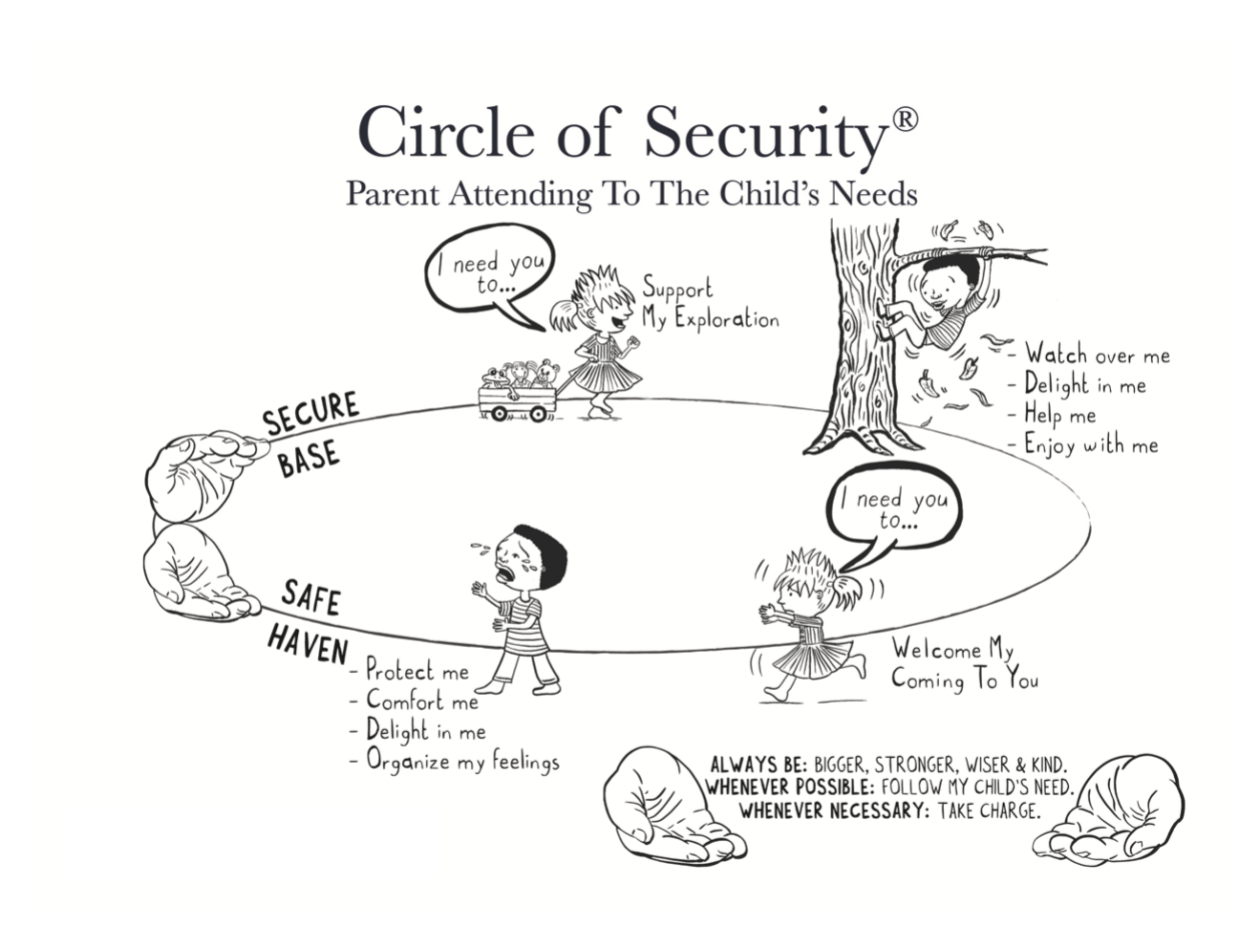If appropriate, allow children to naturally build a secure relationship with an adult of their choosing. This is the adult THEY have chosen to support them in times of distress and may not necessarily be their keyworker.
Children are sensitively encouraged to talk about their feelings.
Children are encouraged to think about the effect of their actions on others.
The physical environment is calm and offers alternative spaces for the children to access independently.
Appropriate resources are in place to support children to recognise and talk about their behaviour and emotions.
Regular contact with families and updated chronologies and care plans provide practitioners with important information to be considered when supporting children’s behaviour patterns.
A clear, team agreed bespoke approach is in place for supporting individual children with additional needs. The team then regularly discuss and moderate these approaches to ensure their efficacy and improved outcomes.
Ensure approaches such as Positive Interaction Scripts and Zones of Regulation are followed consistently by all practitioners. Team discussion is vital to ensure that all practitioners understand the Why and How behind these techniques.
Positive interactions scripts and other intervention techniques must be reviewed at least annually and adapted to the needs of each cohort of children. The whole setting’s team commitment to interventions such as Zones of Regulation is required for success.
All restorative approaches and interventions must be shared with families to support a consistent approach between home and the setting.
Interactions and interventions must be developmentally appropriate for the individual child.
Learn More
Nurture Principle 1. Children’s learning is understood developmentally
Nurture Principle 2. The environment offers a safe base
Nurture Principle 3. The importance of nurture for the development of wellbeing
Nurture Principle 4. Language is a vital means of communication
Nurture Principle 6. The importance of transition in children’s lives


